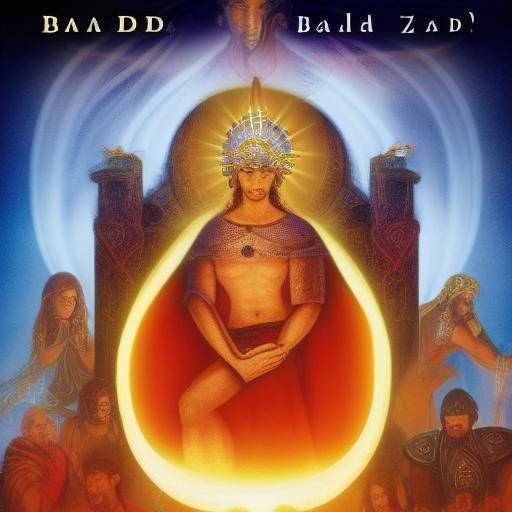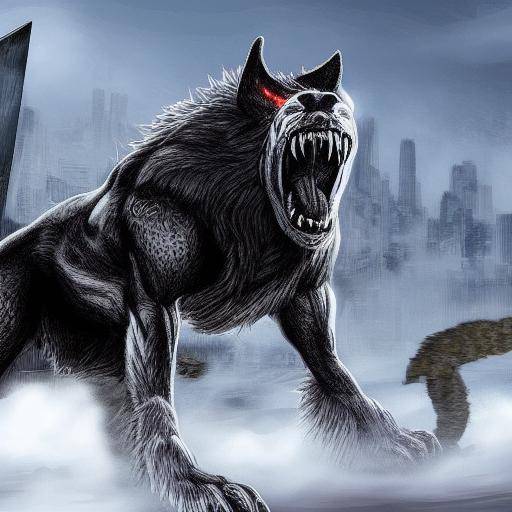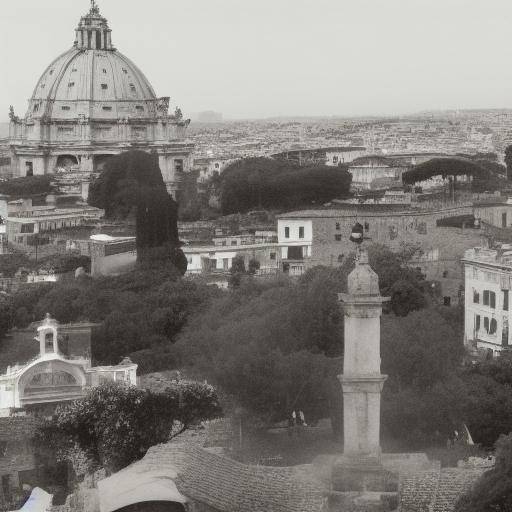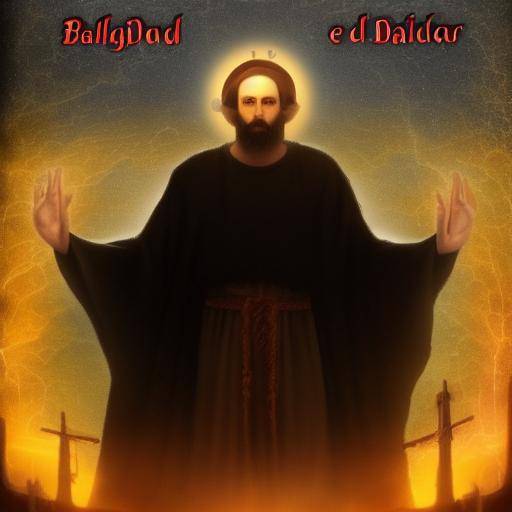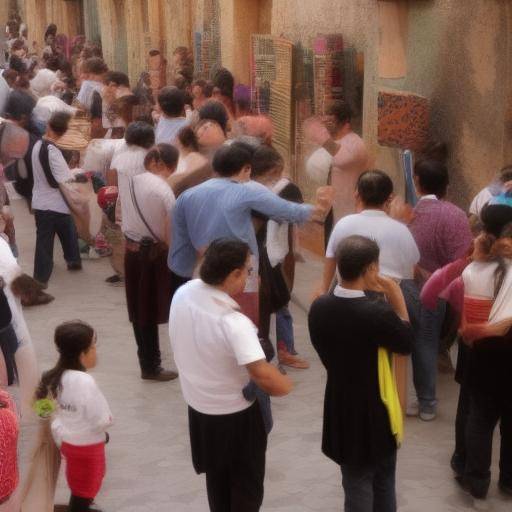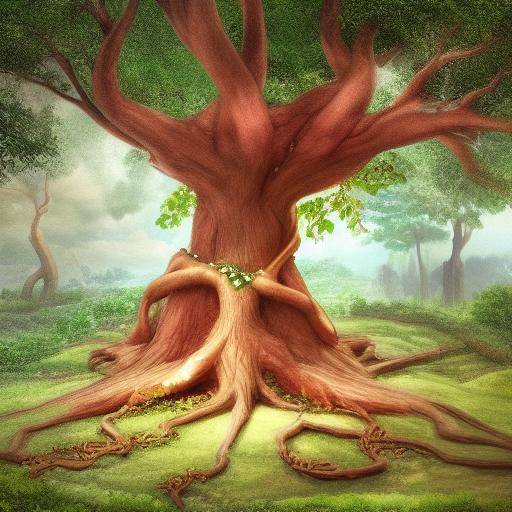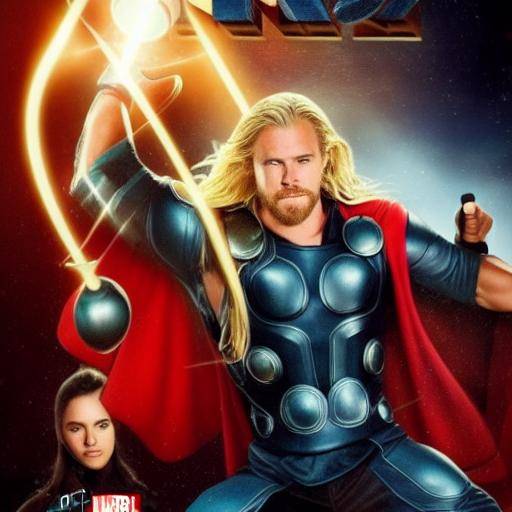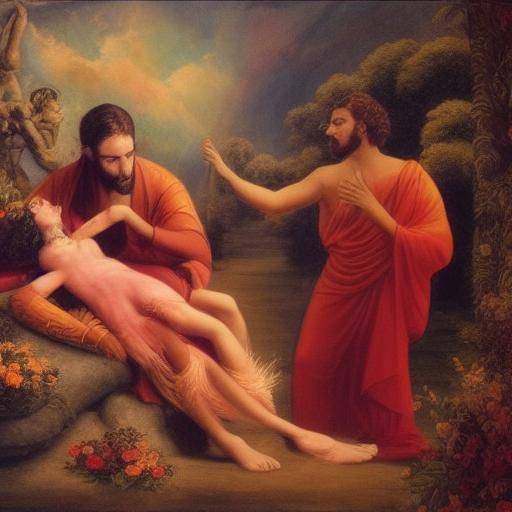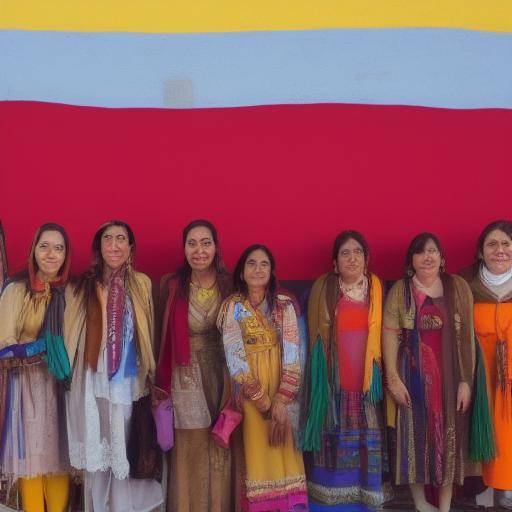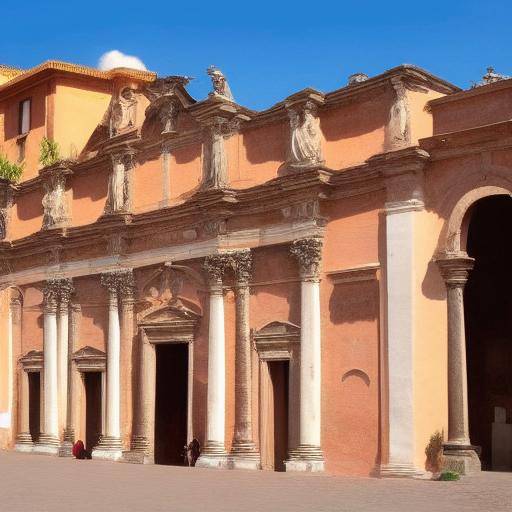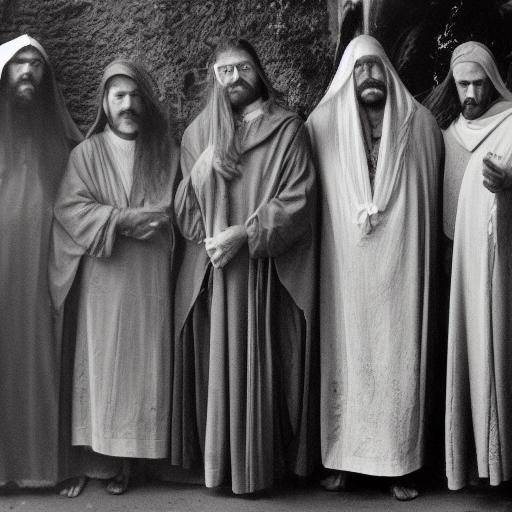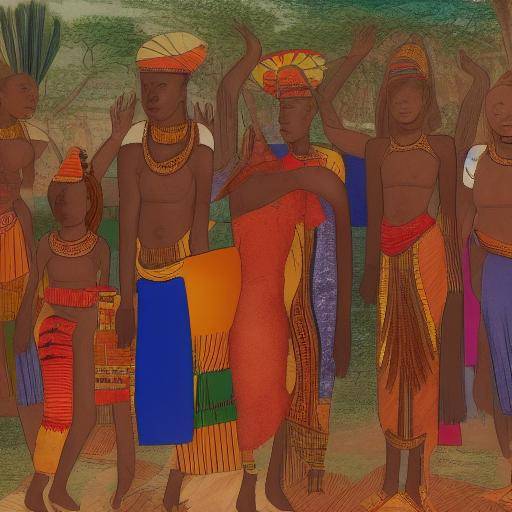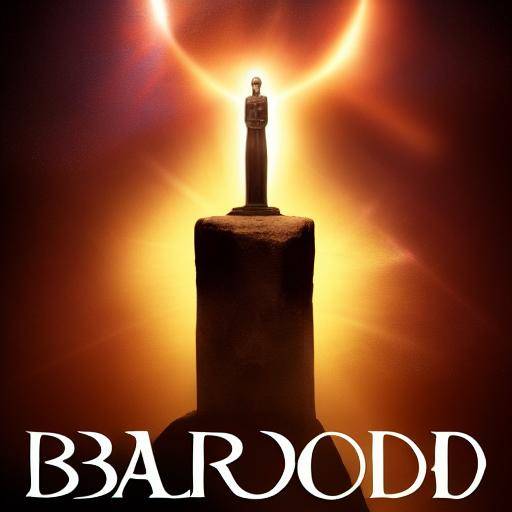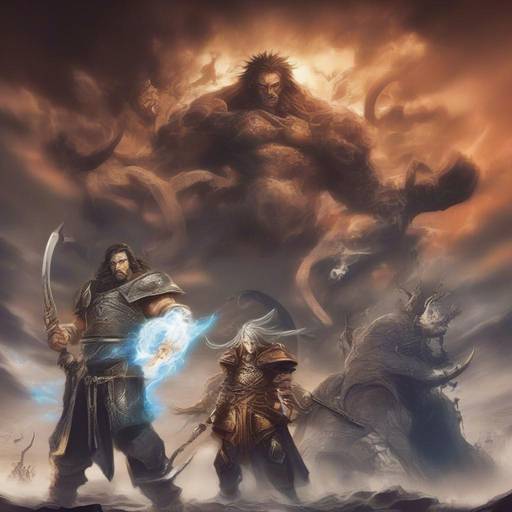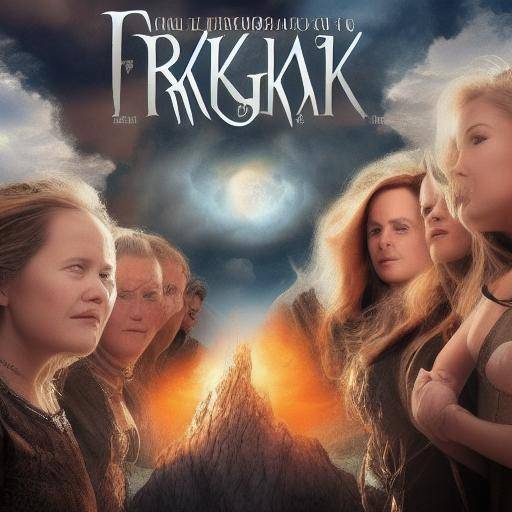
In Nordic mythology, Ragnarök is an apocalyptic prophecy that predicts the end of the world as we know it. This cataclysmic event involves the destruction of the gods and the universe, followed by a cosmic rebirth. The Ragnarök has a profound relevance in Scandinavian mythology and has captured the imagination of people over the centuries. In this article, we will explore in detail the Ragnarök, Nordic mythology and associated prophecies, revealing its history, meaning and transcendence in popular culture. In addition, we will analyze its contemporary relevance and its impact on the perception of the end of the world in different societies. Join us on this exciting journey through the mythology and prophecies of Ragnarök.
Introduction: The Ascenso del Ragnarök
The Ragnarök, a term that evokes apocalyptic images and the destruction of the Nordic gods, is a fascinating theme that has endured in collective consciousness. This concept is an essential prophecy in Nordic mythology, and its influence extends far beyond its original context. Throughout this article, we will explore the mysteries and meanings of the Ragnarök, as well as its implications today.
History and Background
The Nordic mythology, also known as German mythology, emerged from the beliefs and traditions of Scandinavian peoples during the Viking era. This rich mythological corpus includes a wide variety of accounts ranging from the creation of the world to the imminent Ragnarök. The Eddas, two collections of Icelandic medieval texts, are fundamental sources for understanding this mythology.
One of the most disturbing and suggestive concepts present in the Eddas is the Ragnarök, a prophesied event that will trigger a definitive confrontation between the forces of good and chaos, resulting in the destruction of the known world. This prophecy is a catalyst for a series of events that lead to the death of numerous gods and the submersion of the cosmos in apocalyptic frenzy.
The Ragnarök has its roots in the old Scandinavian beliefs, and its influence transcends the pages of mythological texts. Throughout history, various aspects of the Ragnarök have permeated popular culture, playing a leading role in literary, musical, film and artistic works, as a metaphor for the end of the world.
Analysis in Deep
The Ragnarök, besides being a central part of the Nordic mythology, has been the subject of diverse interpretations. While some see it as a symbol of renewal and hope, others consider it a desolation omen. This duality of interpretations sheds light on the complexities of human nature and the understanding of mortality and destiny.
Beyond its symbolic importance, the Ragnarök also offers a look at the concept of cyclical time in the Nordic mythology. This recurring theme, implicit in the idea of the destruction and rebirth of the universe, reveals a worldview that differs from the linear notion of the time that prevails in many other cultures.
The Ragnarök has also served as a source of inspiration for contemporary works, from literature to video games, where it has been adapted as a central element of fantastic narratives. This phenomenon demonstrates the perdurability and adaptability of archaic myths in contemporary understanding and entertainment, as well as their ability to resonate in narrative structures.
Comprehensive review
The Ragnarök, as an apocalyptic concept, has left an indelible mark on the understanding of the end of the world in multiple cultures and societies. The universality of his message, focused on the cosmic conflict and the perspective of an uncertain future, makes it relevant to the exploration and understanding of the human psyche, as well as the interpretation of historical and contemporary narratives.
Comparative analysis
In analyzing the Ragnarök in relation to other apocalyptic prophecies of various cultural traditions, intriguing similarities and contrasts are revealed. The notion of a cataclysmic outcome that precipitates a new beginning is a constant in numerous cosmogonies and mythologies, highlighting the universality of human concern over the end of the world and the renewal of the cosmos.
Significant parallels are observed between the Ragnarök and other apocalyptic narratives, such as Armageddon in the Judeo-Christian tradition, the cycle of destruction and creation in Hindu mythology, and the prophecies of the end of times in various indigenous cultures. These cultural crosses reveal the deep human concern for the ultimate destiny of the universe and its search for answers in mythology and religion.
Practical Tips and Accessible Information
Despite being a prophecy that evokes apocalyptic images, the Ragnarök can also serve as a reminder of the value of renewal and change. In approaching the Ragnarök from a practical perspective, it is possible to reflect on the cyclical nature of the events and cycles of transformation experienced by mankind throughout history. Through this lens, the Ragnarök can inspire the adoption of adaptation strategies and resilience to the challenges we face as individuals and societies.
Conclusions and FAQs
Conclusions
The Ragnarök, with its fascinating narrative of destruction and rebirth, has left an indelible mark on Nordic mythology and collective consciousness. His legacy transcends the cultural sphere and has found resonance in contemporary literature, art and popular culture. Through its profound apocalyptic narrative, the Ragnarök remains a source of reflection on human nature, the passage of time and the destiny of the universe.
Ultimately, the Ragnarök represents a synthesis of the duality inherent in the human condition: confrontation with the finitude and ability to imagine scenarios of renewal. In exploring this prophecy, we continue to sound the mysteries of our existence and our relationship with the time, change and mystery of the end of the world.
Frequently asked questions
1. What is the meaning of the term "Ragnarök" in the Nordic mythology?
The term "Ragnarök" is commonly translated as "destiny of the gods" or "consumption of destiny." It represents the apocalyptic prophecy of the Scandinavians, in which the gods enter into cataclysmic conflict, triggering the annihilation of the cosmos.
2. What is the role of the gods in the Ragnarök?
In the Ragnarök, the Nordic gods face their ancestral enemies in a final conflict that triggers the destruction of the known world. This confrontation represents the end of an era and the beginning of a new era.
3. How has Ragnarök influenced contemporary popular culture?
The Ragnarök has inspired numerous literary, cinematographic, artistic and musical works, where his apocalyptic narrative has been reinterpreted and adapted in many creative contexts. Its influence extends through popular culture, maintaining its relevance today.
4. Is there any hope or renewal in the Ragnarök?
Despite the destruction represented at the Ragnarök, this event also symbolizes the opportunity for renewal and a continuous cycle of cosmic transformations. This duality between destruction and rebirth offers deep reflection on the cyclical nature of existence.
5. What teachings or reflections can we extract from the Ragnarök for our daily lives?
The Ragnarök invites us to reflect on the transitory nature of all phenomena and the importance of adapting to the inevitable changes. This profound mythological narrative can be a source of inspiration to cultivate resilience and the ability to confront challenges with courage and determination.
6. What is the relationship between the concept of Ragnarök and other apocalyptic prophecies of different cultural traditions?
The Ragnarök shares thematic similarities with other apocalyptic prophecies, such as Armageddon in the Judeo-Christian tradition and the cycle of destruction and creation in Hindu mythology. This convergence reveals the universality of human concern for the ultimate destiny of the universe and the search for answers in mythology and religion.
In conclusion, the Ragnarök, with its enigmatic prophecy of the end of the world and its subsequent rebirth, represents a fascinating theme of reflection that has captured the imagination of many generations. Its influence transcends the pages of Nordic mythology, resonating in popular culture and offering multiple layers of interpretation and meaning. Through this exploration, we have unraveled the conceptual and symbolic wealth of the Ragnarök, illuminating its relevance and durability in the human narrative about the destiny of the cosmos and the perennial search for meaning in existence.

